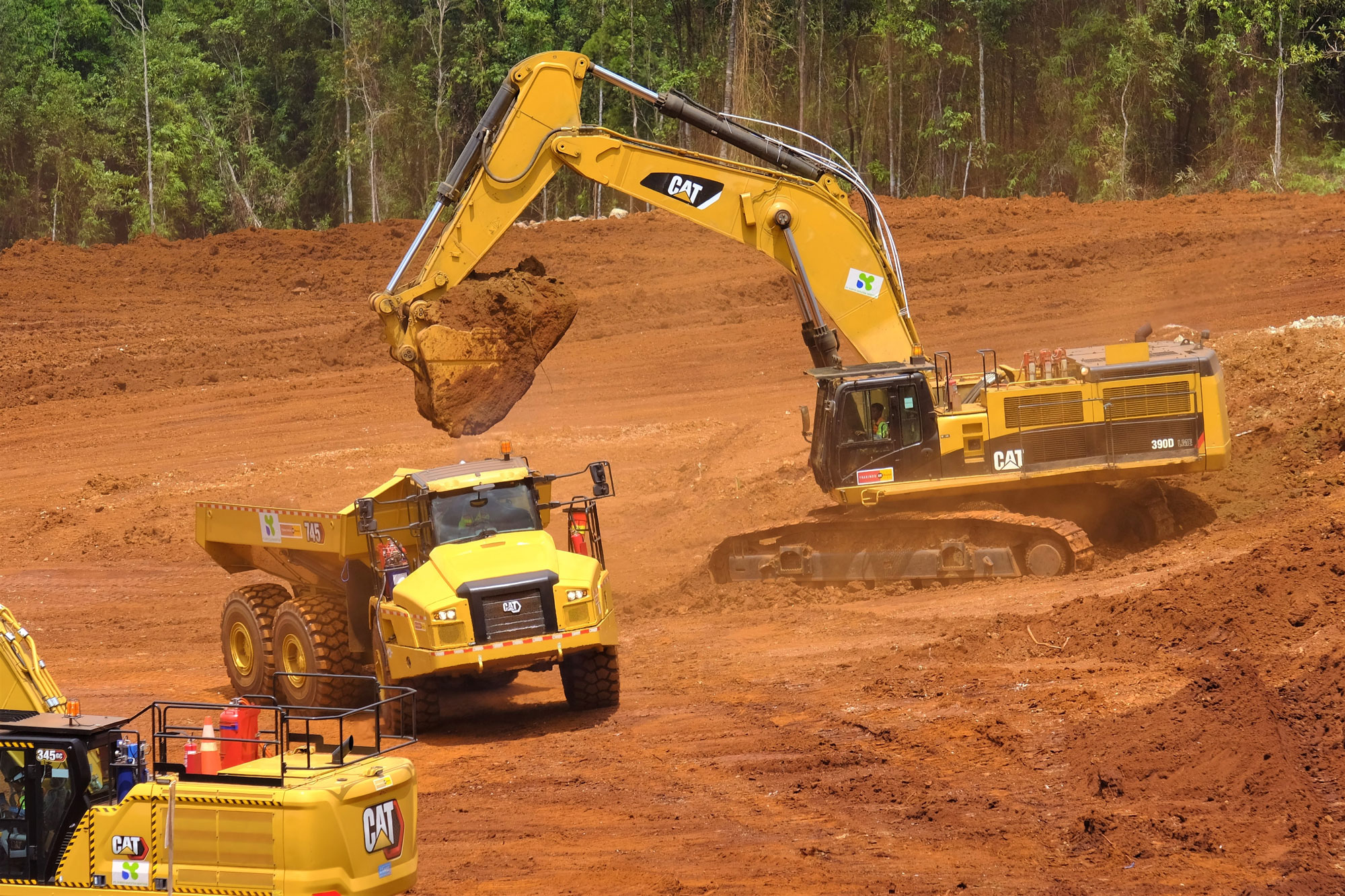
In 2022, Zhejiang Huayou Cobalt signed an agreement with Vale Indonesia to build a second HPAL plant in Sulawesi. Credit: Kaisarmuda / Shutterstock
China began investing in critical minerals well ahead of other nations, alongside investment in lithium and electric vehicle research.
It is currently the largest investor in clean energy technologies globally, dominating lithium refinement and processing. China also has the world’s largest installed capacity of wind and solar PV energy. According to GlobalData, by 2030, the country is expected to produce nearly 6,000TWh of electricity from non-fossil fuels.
China…has secured control over the supply of several critical minerals—including lithium, graphite, Rare Earth Elements (REEs), and cobalt.
China can achieve this because it has secured control over the supply of several critical minerals—including lithium, graphite, Rare Earth Elements (REEs), and cobalt—and has an unchallenged monopoly on REE production. In addition, the country has either purchased mines or secured valuable contracts to access these resources.
A pattern of investment
To strengthen its upstream dominance, China has been investing heavily in Africa, including countries like the Democratic Republic of the Congo, Zambia, Ghana, and Zimbabwe. It is also expanding in South America, particularly in the lithium triangle (Argentina, Bolivia, and Chile).
In January 2023, Bolivia announced a $1bn project with CATL, China’s largest battery manufacturer, and major mining company China Molybdenum. In April 2023, China’s BYD announced plans to build a $290m lithium cathode plant in northern Chile.
China is the largest refiner of copper
The major copper-producing countries are Chile, Peru, China, and the DRC. While Chile is currently the dominant player in terms of copper mining, China is the largest refiner of copper and will account for a forecast 46% of the market in 2030.
Zijin Mining increased its copper production by 312%...from 246 thousand tons in 2019 to 825 thousand tons in 2023.
However, the metal’s geographical concentration of processing makes it vulnerable to geopolitical disruption. And there has been a rising share of Chinese companies in the production of copper over recent years. For example, Zijin Mining increased its copper production by 312% over the 2019 period, from 246 thousand tons in 2019 to 825 thousand tons in 2023.
The importance of nickel
Nickel is a key mineral for electric vehicle batteries as well as for the fabrication of nuclear reactors. Also, its versatility has proved to be instrumental in increasing the energy storage capacity of batteries and electronic devices at a relatively low cost, in addition to its use as an alloying element in stainless steel production.
GlobalData forecasts global production to grow at 5.8% between 2023 and 2030. However, despite this growth, production may still struggle to keep pace with rising demand.
Nickel is one of the most vulnerable critical materials for the energy transition in terms of the geographical concentration of its supplies because its production is dominated by Indonesia and the Philippines.
China gets its hands on Indonesian resources
China is pouring money into Indonesia, building smelters, and investing in the unsustainable high-pressure acid leaching (HPAL) processing technique for its many lower-grade nickel deposits to transform the metal into a battery-grade material.
It all started in 2018 with the Chinese battery company GEM, which, with other four companies, invested $700m in a project to produce battery-grade nickel chemicals in Indonesia.
China is pouring money into Indonesia, building smelters, and investing in the unsustainable high-pressure acid leaching (HPAL) processing technique.
In 2021, China’s Lygend Mining became the first HPAL project in Indonesia to reach production. In the same year, China’s Huayou invested $2.1bn in a nickel project in Indonesia. In 2022, Zhejiang Huayou Cobalt signed an agreement with Vale Indonesia to build a second HPAL plant in Sulawesi. Also, China’s CNGR Advanced Material invested in three new projects in Indonesia to produce nickel matte (an intermediate product).
Such a magnitude of investments disrupted the nickel market, making prices collapse. A cheap source of battery raw materials would make electric vehicle prices more competitive, but the origin and polluting factors should not be overlooked.